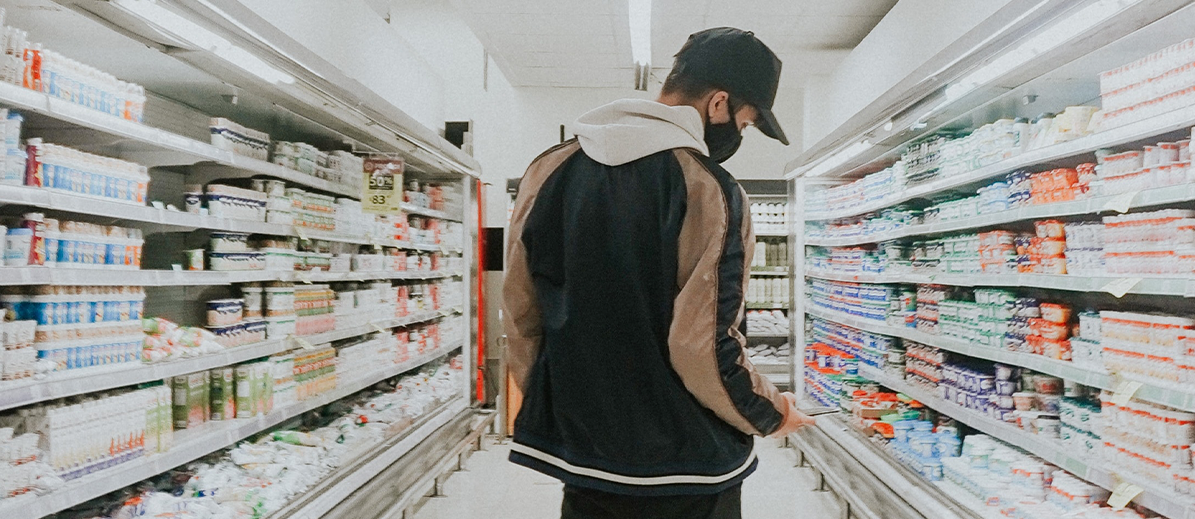Life Within the Metaverse: A “Parallel World” Yet to be Discovered

By Rubén Orta, CTO, Rebold
Blockchain, crypto, the metaverse, Web3, NFT’s have all exploded in popularity in the past few years, but what is all of this, and why are brands trying to grab and find their foothold in this new territory?
What is the metaverse?
The metaverse can be defined as a fully digital world that sits as a “parallel world” to the physical (real) world. It can be described by five traits:
- the interaction between users and their social presence
- the immersive nature of the interaction
- the virtual goods and economy
- how the world is persistent and still available and accessible at any time, even when a user disconnects
- the ability to move virtual goods or tokens between different places within the metaverse
Experts often describe it as a 3D world where anyone could enter with a digital avatar and interact with others. While conceptually that sounds simple, the challenge is how the metaverse is created. Major companies like Apple, Google, Microsoft, and of course, Meta are all scrambling to make it a reality.
So why are brands trying to get in on the action?
The metaverse has the allure of being the new medium on the block, and luxury brands want to be among the first to establish a presence there.
Brands are preparing for what lies ahead, and some have already launched specific sponsorships or have purchased “plots”, which will eventually serve as meeting points for users or house their future virtual shops.
There’s also been considerable attention on Non-Fungible Tokens, aka NFT’s, which many see as a door into this new virtual world. NFTs have existed since 2014 but they have only recently picked up steam. They depict real-world objects such as art, music, game elements, and videos which can be purchased and sold online, often with cryptocurrencies.
To brands, these digital assets are becoming increasingly popular, and, in fact, some people are already willing to spend thousands, even millions, of dollars to buy a single NFT.
Major brands are taking notice
Brands from Barbie to Budweiser to Nike are blazing a trail forward by coming up with ideas where the real and digital worlds intersect.
Many brands are now working on this blend of both worlds, the real and virtual worlds. The French luxury brand, Balmain, joined up with Barbie to create and outfit a doll and an NFT. This collab provides exclusivity and offers a certificate of authenticity. Additionally, with this NFT “drop” (a collection of NFTs) Balmain also created a line of physical, offline clothing with Barbie.
Another example is Budweiser, which launched a collection of NFTs dedicated to novel artists that it wants to associate with its brand. In the future, those owning these NFTs will be able to participate in new experiences and merchandising promos, as well as enjoy virtual concerts and other unique experiences depending on the NFTs they own.
Nike recently bought out RTFKT, a digital art studio leading the way in creating digital products for the Metaverse, specifically, NFTs, blockchain authentication, and augmented reality products. Recently they launched their first collab, creating a “Cryptokick” (digital sneaker).
What does the future hold?
All things indicate that every major brand will end up in the metaverse, one way or another. Today it seems that the only brands in this world right now are those that like to innovate and take risks and, of course, those that know that their target audiences are in those channels.
At ISPD, we predict that in the retail world or with major retail outlets, users will be able to enter virtual shops and see how different clothes fit their avatars and then buy both the digital and offline versions. We also assume that the entertainment industry will play a major role, with books, tv, and movies that have already been digitalized showing up in their own way.
A few music festivals have already been held on platforms such as Roblox and Decentraland. These platforms have provided some of the first interactions between worlds or virtual games associated with the metaverse concept, which demonstrate some of the most innovative ways we can push the boundaries between worlds.
If that’s any indication of the direction we’re headed, it’s quite likely that sooner or later there’ll be a digital version of anything and everything that exists in the real world.



